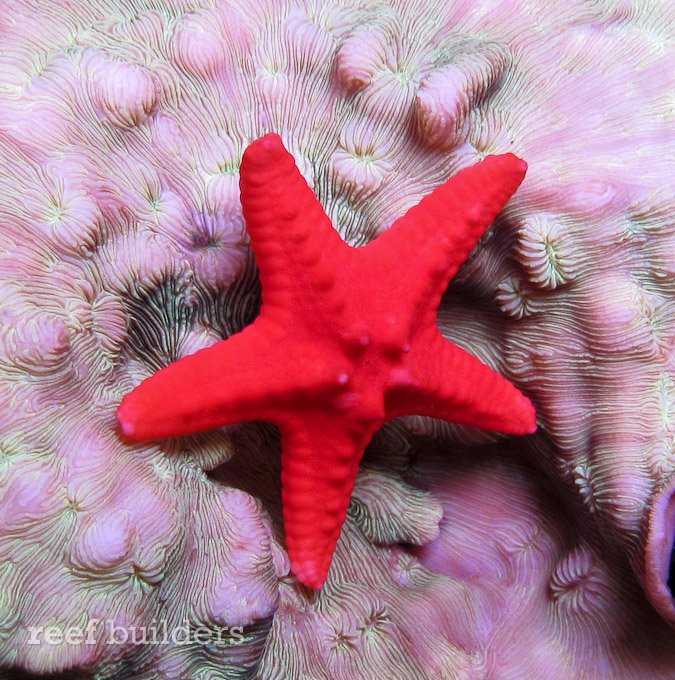Echinoderms – starfish, brittle stars, sea urchins, sand dollars, and sea cucumbers, have been the subject of some recent research to try to ascertain how they developed their pentaradial body shapes. Starfish evolved some 540 million years ago, and from bilateral ancestors – animals with two symmetrical sides – which includes pretty much every animal from worms to humans. Bilateral animals also have recognizable body sections that help us tell the head end, from the torso to the tail end, but with radial, not bilateral symmetry, Echinoderms don’t, and that made them difficult to fathom until now. Which bit of a Starfish’s body was which? An international team of scientists wanted to find out.

Researchers looked at 3D maps of the genes of the Bat Starfish, Patiria miniata, and compared them to the gene maps of other animals such as vertebrates. They found that the genes responsible for head development were distributed throughout the five equal sections of the body, whereas genes responsible for torso and tail development were mostly missing. A starfish is essentially just a walking head. Sea cucumbers are just walking heads too, only lying on their sides and the tube feet that give echinoderms locomotion, their lips! Genes responsible for the front of an organism’s head are halfway up each arm on a sea star…
It’s unclear why echinoderms developed the unusual body plan, and split from the bilateral design so long ago, but it clearly worked, with 7000 species that we know of so far. If you want to go deep into the research, the full scientific paper can be accessed here:
Formery, L., Peluso, P., Kohnle, I. et al. Molecular evidence of anteroposterior patterning in adult echinoderms. Nature (2023). https://doi.org/10.1038/s41586-023-06669-2



